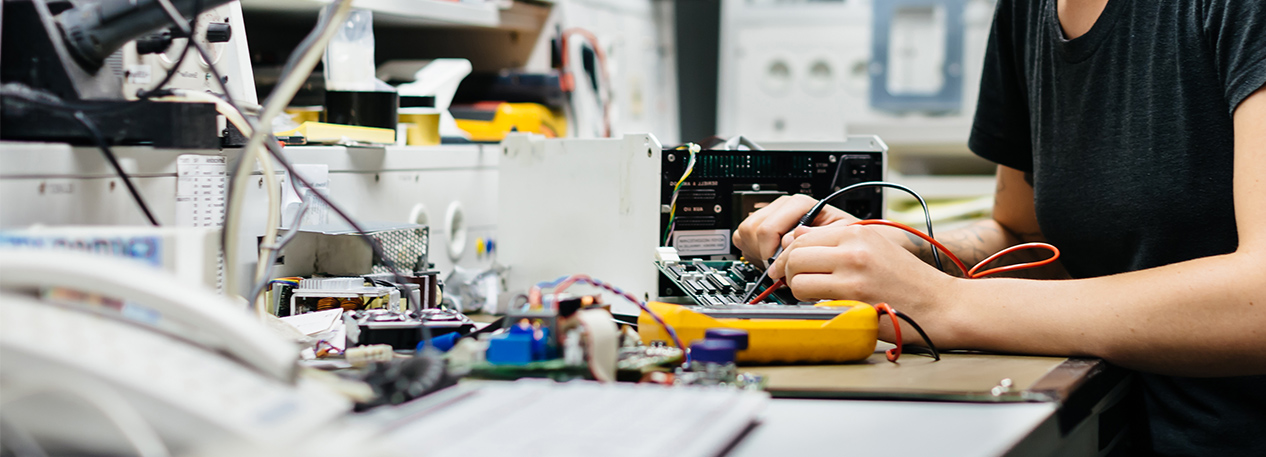Why do firms and inventors tend to locate in dense, costly areas? One intriguing hypothesis is that such geographic clustering lets them benefit from local knowledge spillovers. As Nobel laureate Robert Lucas has noted, the benefits of one person’s knowledge spilling over to others play a central role in economic growth and the existence of cities: “What can people be paying Manhattan or downtown Chicago rents for, if not for being near other people?” Proximity may improve the sharing of knowledge, the matching of ideas to firms, or the rate of learning.1 If dense clustering indeed confers these benefits, then that raises the possibility that individuals and firms may not be fully taking them into account when deciding where to locate, resulting in underinvestment in new ideas.
A key counterargument to the importance of knowledge spillovers is that firms might prefer to keep their work secret from competitors. For example, many firms include nondisclosure and noncompete clauses in employment contracts for researchers and scientists. yet, as Alfred Marshall suggested, knowledge is difficult to keep secret: “The mysteries of the trade become no mysteries; but are as it were in the air.”
So are, in fact, knowledge spillovers an important reason why inventors tend to locate near one another? We know that other factors might also encourage firms and inventors to locate near one another. For example, firms might benefit from better matches with specialized workers.2 They may benefit from the sharing of local production inputs such as cheap electrical power or hard-to-find machinery and parts. Or skilled inventors may be attracted to superior amenities such as restaurants, shopping, or safety.
A key challenge, then, is to account for these alternative explanations so that we do not erroneously infer that knowledge spillovers are empirically important. To explore this challenge, I review the empirical literature regarding evidence of knowledge spillovers contained in patent citations and nonpatent data. I then describe the evidence that Ina Ganguli, Nick Reynolds, and I found using a novel measure — cases of simultaneous invention that result in rival claims known as patent interferences. First, let us look at what researchers have found by studying routine patent applications.
This article appeared in the Second Quarter 2014 edition of Business Review. Download and read the full issue.
[1]Gerald A. Carlino’s 2001 Business Review article discusses such mechanisms.
[2]See my 2009 Business Review article.
View the Full Article
